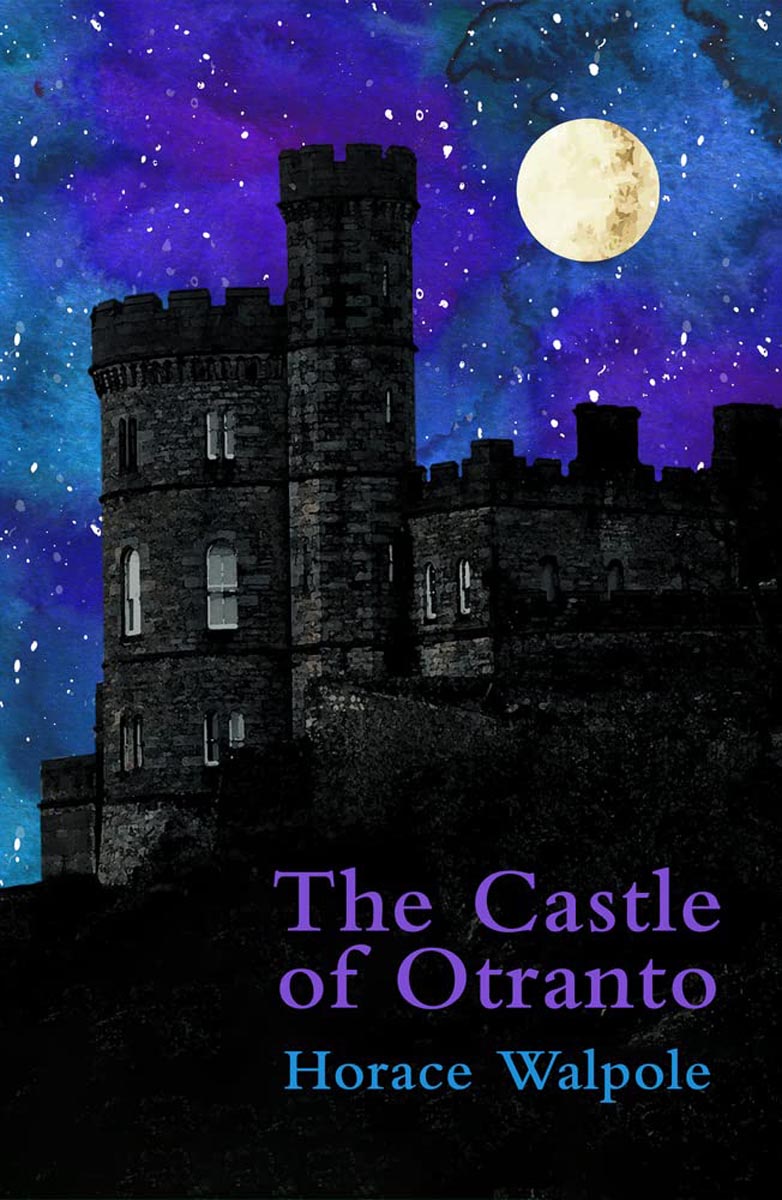PB:
£8.99
QTY:
Categories:
Castle of Otranto
"He was persuaded he could know no happiness but in the society of one with whom he could for ever indulge the melancholy that had taken possession of his soul".
"The Castle of Otranto" is a macabre tale that revolves around a haunted castle. Manfred, the lord of Otranto, finds his son, Conrad, smashed by an enormous helmet on his wedding day. It is soon revealed that according to an ancient ambiguous prophecy Conrad's death might have been an ominous event that signifies the end of his lordship. To rectify the situation Manfred decides to marry his son's bride despite having a wife. Will Manfred plot succeed? Is he indeed a true prince of the castle?
Walpole got the inspiration for this bizarre story from a dream. He gave his novel a very authentic embellishment using the plan of Strawberry Hill castle for the set in the novel. He also went as far as to make a believable spoof in the Preface to the first edition that the novel was recovered and translated from an old Italian manuscript. Not as culturally present and talked about a title as other Gothic classics like "Frankenstein" or "Dracula", "Otranto" became the cornerstone text of the genre. The echoings of "Otranto" are even noticeable in more contemporary gothic tales such as Toni Morrison's "Beloved" where a building is more than a location but an entire mysterious entity in itself.
"The Castle of Otranto" is a macabre tale that revolves around a haunted castle. Manfred, the lord of Otranto, finds his son, Conrad, smashed by an enormous helmet on his wedding day. It is soon revealed that according to an ancient ambiguous prophecy Conrad's death might have been an ominous event that signifies the end of his lordship. To rectify the situation Manfred decides to marry his son's bride despite having a wife. Will Manfred plot succeed? Is he indeed a true prince of the castle?
Walpole got the inspiration for this bizarre story from a dream. He gave his novel a very authentic embellishment using the plan of Strawberry Hill castle for the set in the novel. He also went as far as to make a believable spoof in the Preface to the first edition that the novel was recovered and translated from an old Italian manuscript. Not as culturally present and talked about a title as other Gothic classics like "Frankenstein" or "Dracula", "Otranto" became the cornerstone text of the genre. The echoings of "Otranto" are even noticeable in more contemporary gothic tales such as Toni Morrison's "Beloved" where a building is more than a location but an entire mysterious entity in itself.
About the author
Horace Walpole (1717-1797) was born in an aristocratic family – in fact, his father became the first Prime Minister of Britain. Walpole was primarily known for his Gothic extravaganza. Strawberry Hill was a place he owned and redesigned over a period of time to resemble a medieval fortress. He also established a printing press on the grounds where his most acclaimed work and the first Gothic novel, "The Castle of Otranto", was printed in 1764. Walpole's style combined medieval tradition with the elements of supernatural and romantic as well as featured significant plot borrowings from Shakespeare. The writer was also known for his prolific correspondence multivolume editions of which were printed in the twentieth century.


